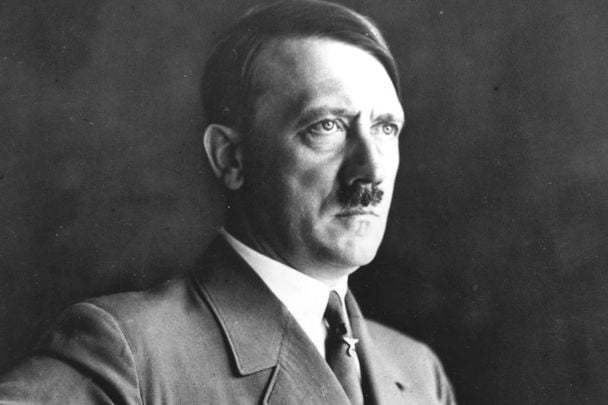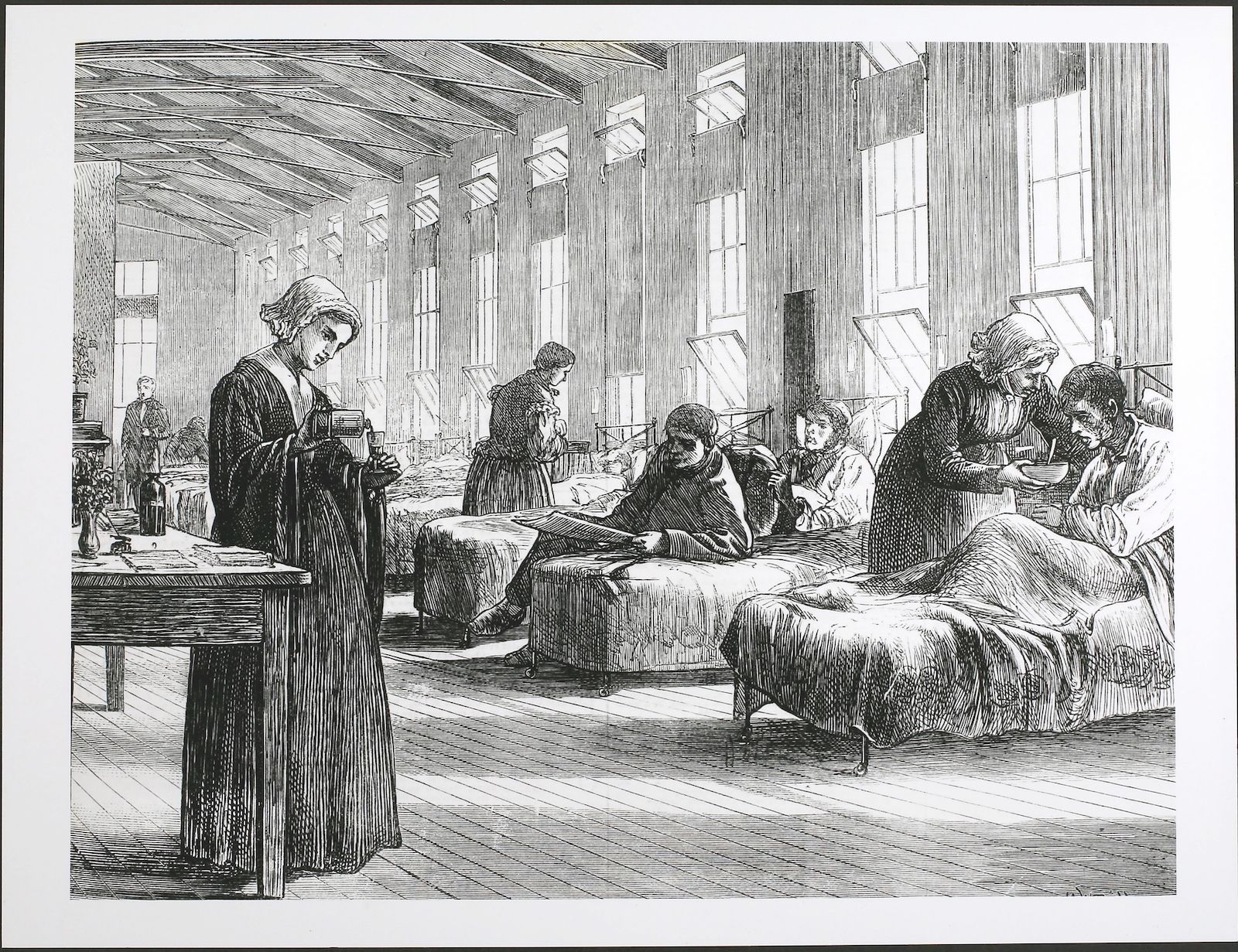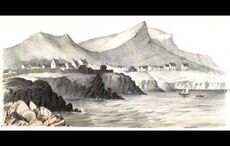On August 26, 1940, the little village of Campile, in south County Wexford, woke up to a beautiful Irish harvest day.
It was a picturesque village with a close-knit community of three hundred residents. They enjoyed the convenience of two shops, three pubs, a railway station, and the Shelburne Co-Op. This was a farmer’s co-operative, that had grown from small beginnings to be the center of all commercial activity, and the employer of most of the villagers.
The ‘Co-Op’, the name it was always known by, was a one-stop-shop, not only for the residents of the village but for everyone residing in the broad hinterland. It was a hive of activity, with a large busy workforce, and a constant stream of customers, loyally playing their part in what they saw as their own source of ongoing prosperity, and a bright future for their children.
The railway line that cuts through the village on its way from Rosslare Harbour to Waterford and the South West, was a big boost to the Co-Op. It flanked the big stores, allowing wagons to actually divert into the yard to load and unload. Goods, including grain, butter, and other produce, were dispatched to many parts of Ireland and were also exported to Great Britain through the Port of Rosslare Harbour.
August 26, 1940, was one of those balmy summer days when peace and tranquillity blossomed in Campile. Men and women savored the hot sun as they went about their work. Children roamed the village, playing joyfully, making the most of the last few days of the school holidays. Some farmers were cutting golden fields of corn, others were threshing it in the haggard.
At one o’clock the siren of the Co-Op signaled lunch-hour, and forty hot and sweaty workers climbed the concrete steps to the canteen, which was perched on top of the creamery.
Mary Ellen Kent, a 30-year-old farmer’s daughter, and Kathleen Hurley aged 27 were warm and welcoming hosts in their excellent canteen, and the workers appreciated the efficient service they provided. But the day was too hot to remain inside, and in less than half an hour the entire workforce was out again, basking in the sun, some little groups enjoying a game of cards, and others dozing peacefully in the heat.
Kitty Kent, a 26-year-old sister of Mary Ellen’s, was delayed at her counter in the drapery department. A farmer couldn’t decide which cap fitted him best, tested them all, before eventually making a purchase. Kitty didn’t mind. She was that kind of girl, always generous and kind, and being a bit late for her lunch didn’t bother her at all. When she finally reached the canteen, all the other staff had gone out, leaving her to eat alone and enjoy a bit of gossip with her sister, Mary Ellen, and Kathleen.
Lunch hour at the ‘Co-Op’ brought a quietness to the village with the mills and machinery switched off, and the hustle and bustle of activity at a standstill. But at a quarter to two, the silence was broken by the sound of a plane approaching from the southeast. It didn’t alarm anyone, as military maneuvers were conducted in the area by the Irish army in previous days, and it was assumed that it was a repeat of those.
The bombing of the Co-Op
The plane flew over the ‘Co-Op’ heading west, and fascinated onlookers thought it was the pilot just flying low to admire the village and the ‘Co-Op’. However, he turned in a wide arc, aimed straight at the ‘Co-Op’ again, dived as he dropped four bombs, two of which blew up the canteen and the creamery, one which destroyed the railway lines, and another which passed down through two floors of a grain store, coming to rest beside two petrol pumps, miraculously failing to explode. He then disappeared into the clear blue sky, having accomplished his evil mission with pinpoint accuracy.
The massive explosions were heard many miles away, and when the deafening noise had ceased, an eerie silence descended on the scene of destruction and devastation. Everyone in close proximity lay stunned and paralyzed on the ground. Several minutes elapsed before anyone realized what had happened, but soon the dread of more explosions drove a stampede of terrorized workers to nearby fields, where they hid under the corn and in drills of turnips. Traumatized children fled to the sanctuary of their homes, and in the backyard of the now slate-less, and window-less Stationmaster’s house, any of his hens that were still alive, flew blindly, frightened and featherless from the blasts.
Three lives lost
When it was safe to return, the workers and management re-assembled in the front yard. Some had superficial injuries, but all were deeply shocked. A roll call revealed, that of the eighty-five staff, three were missing: Mary Ellen, Kitty, and Kathleen. The focus turned to the massive heap of rubble that had been the creamery and the canteen, and their hearts were pierced with the sudden realization that three beautiful young girls lay buried beneath those tons of steel and concrete beams, and but for the mercy of God, many of themselves would be there too.
Slowly and carefully the mountain was moved and the grim discovery was made. Three mutilated bodies were lifted out and carried to a store further down the village for identification and post-mortems. The villagers went home, devastated and heartbroken, with only one question on their lips: why?
In August 1940, World War Two was raging throughout Europe. Hitler was in buoyant mood with significant successes in Denmark, Norway, and France. He now had his sights on Britain and was preparing for a massive blitz on London. Winston Churchill was the new chief in England, and he was equally determined to respond in kind.
Both of them had looked longingly at Ireland, its strategic location, and particularly its ports. But to the annoyance of both Hitler and Churchill, the Irish government, under its iconic leader, Eamon de Valera, insisted on remaining neutral. This was a precarious and delicate strategy, fraught with the danger of invasion from either side and had declared a state of emergency for the duration of the war, de Valera managed to steer Ireland on a path of neutrality, that was condemned and applauded in equal measure.
This might explain, but it would not excuse, his slow and tenuous reaction to the Campile bombing, and his apparent reluctance to identify and condemn the perpetrators. It was well known that the bomber was a German Heinkel HE 111 warplane, it was part of the Luftwaffe air-power, and the precision and accuracy of the strike clearly pointed to the intention of destroying a specific target: the Shelburne Co-Op Creamery.
There seems to be only one realistic and plausible explanation for the German attack on Campile on August 26, 1940. The Shelburne Co-Op had been exporting creamery butter to Britain before and during the war. It has been widely reported that butter boxes labeled with the Shelburne Co-Op brand name were discovered by the Nazis following the evacuation of Dunkirk. This would have confirmed Hitler’s suspicion that Ireland’s neutrality was biased in favor of England, and he acted decisively to end this Irish succor and support for the British war machine.
The creamery, where the butter came from, and the railway lines that transported it to England were targeted, hit, and destroyed. Hitler’s revenge was delivered, Ireland was taught a lesson, and three innocent girls paid the price with their young lives.
*Originally published in Aug 2019, updated in Aug 2025.
This article was submitted to the IrishCentral contributors network by a member of the global Irish community. To become an IrishCentral contributor click here.




Comments